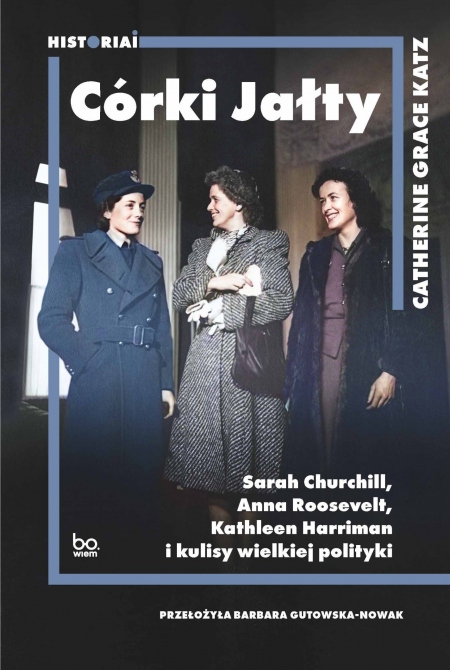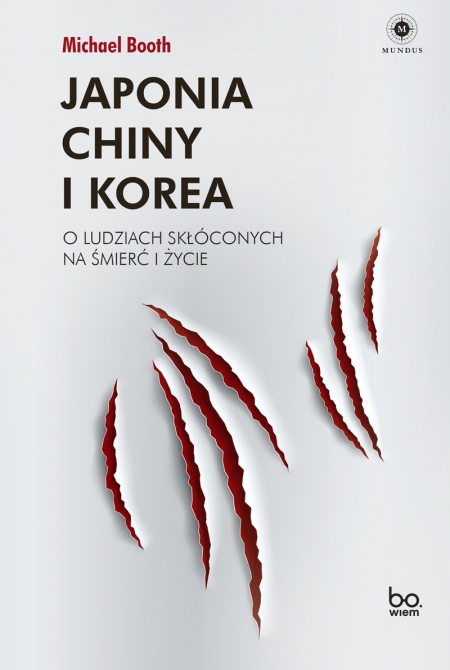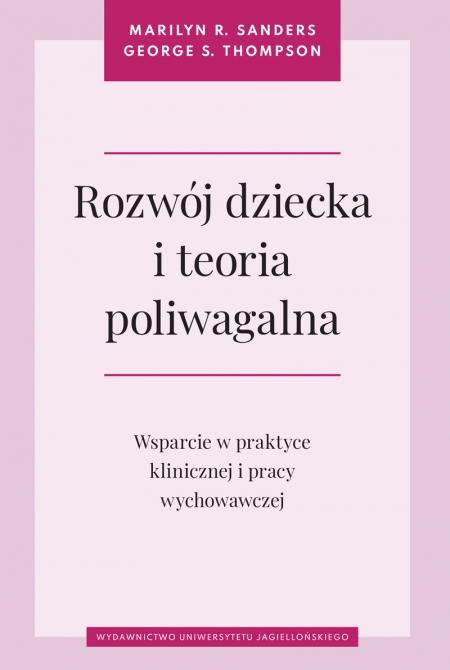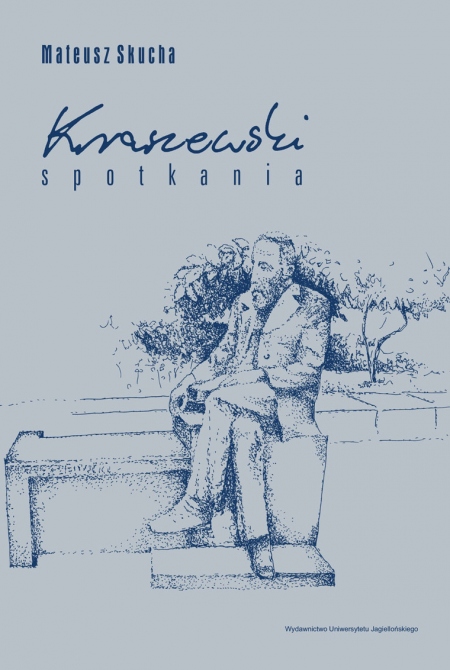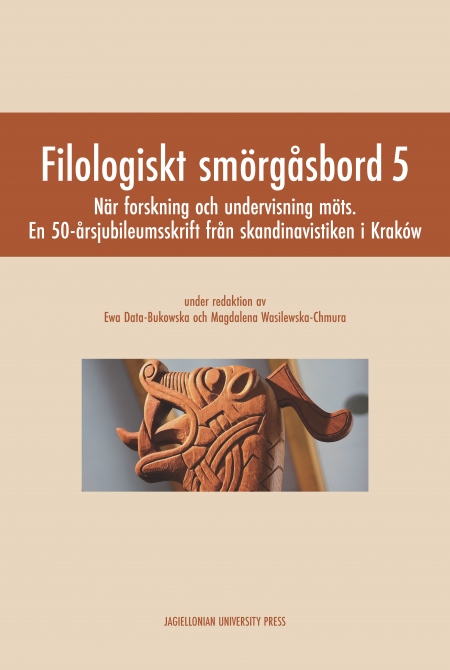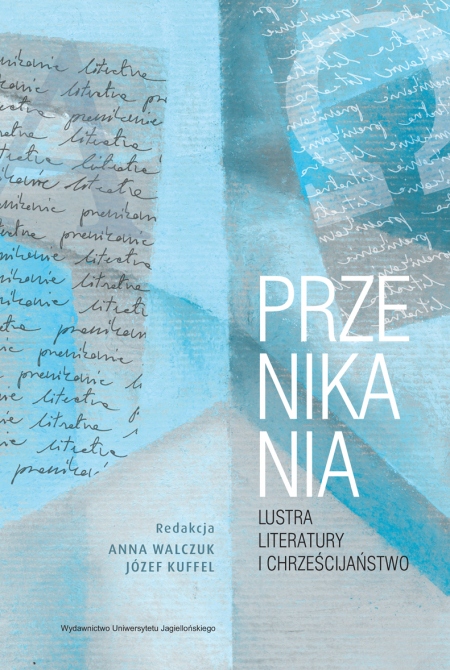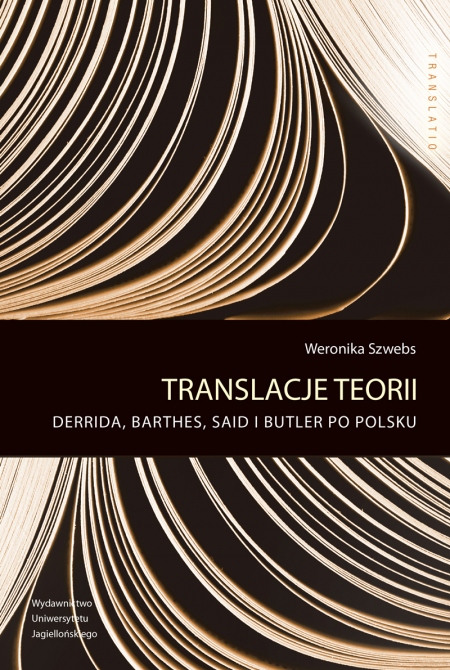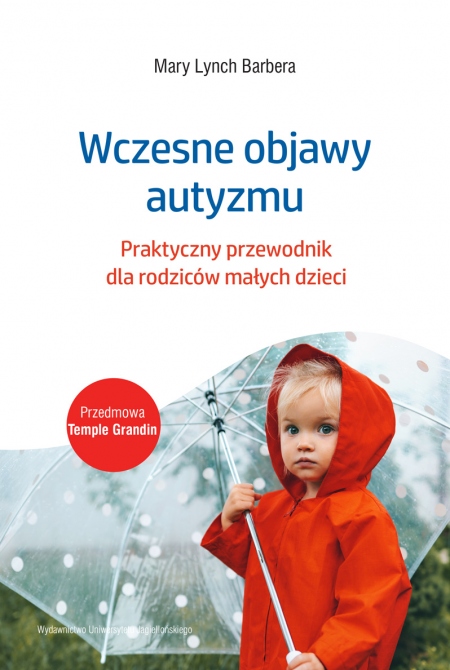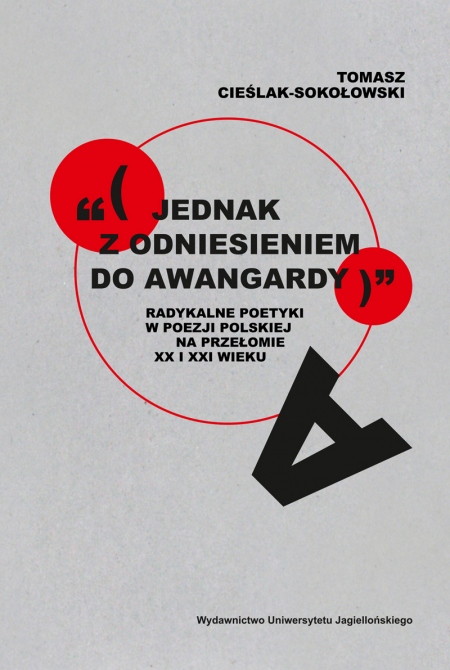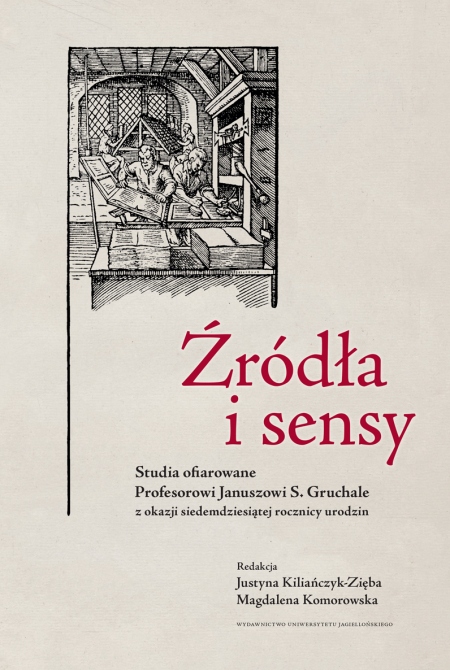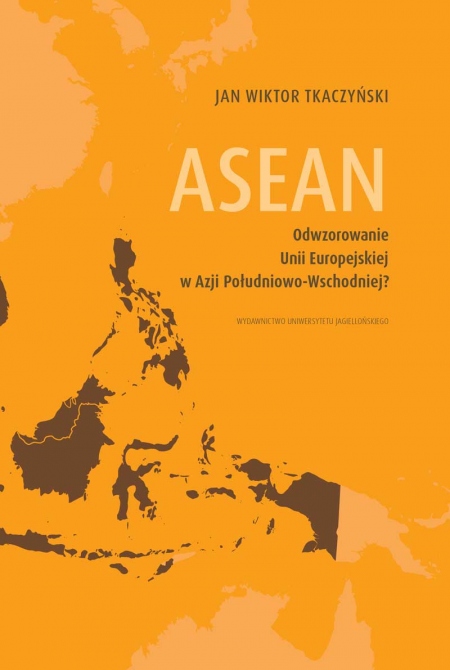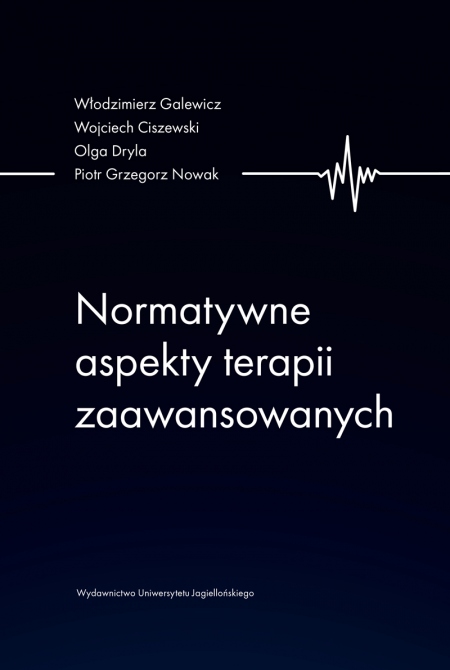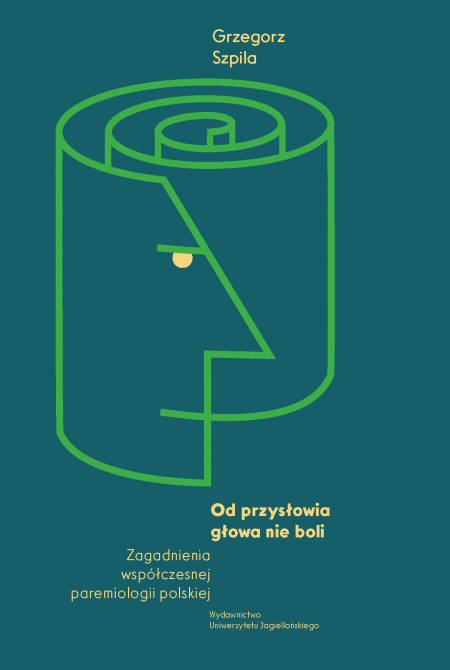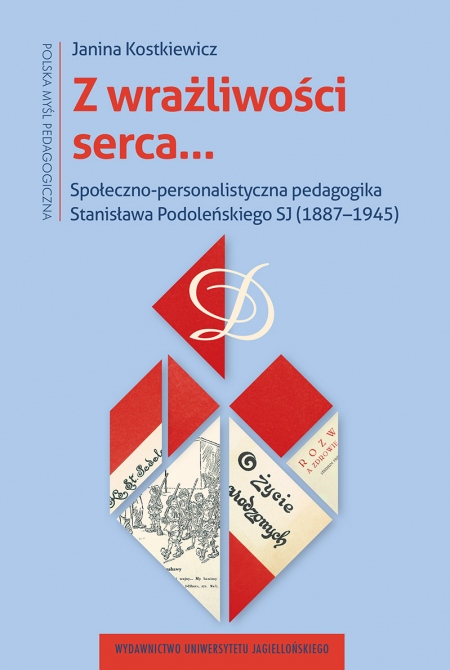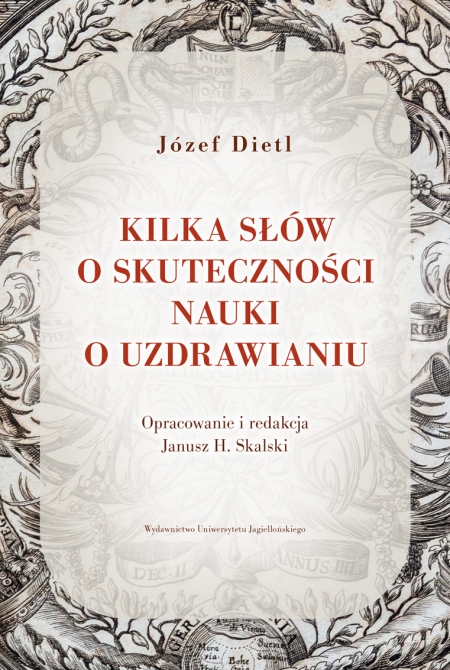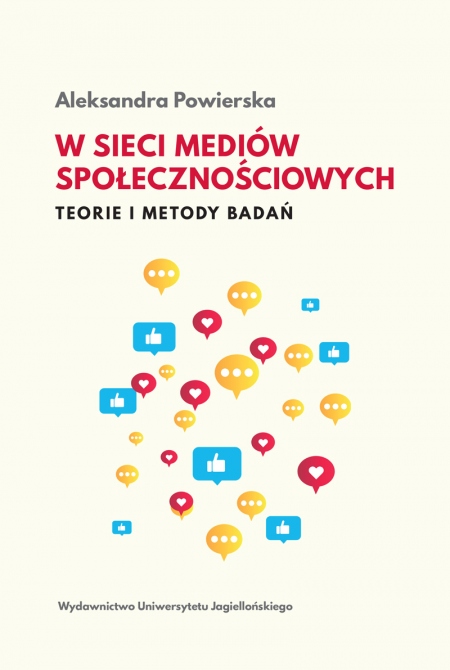Articles in English as a Second Language
A Phraseological Perspective
Liczba stron: 230
Format: 14,5x20,5 cm
Rok wydania: 2019
Opis książki
The aim of this study is twofold: firstly, to provide an overview of research findings on the acquisition and use of articles in English as a second language; secondly, to investigate this issue from a phraseological perspective. The book also presents an examination of various linguistic accounts of the English article system with respect to their application to English language teaching. In view of the growing body of theoretical and empirical studies indicating that language use is to a considerable degree phraseologically motivated, this book argues for a connection between formulaicity and correct article use. This possibility is explored in two studies presented in the final chapter, which suggest that correctness in the use of articles depends on the frequency of the phrases in which they appear. These findings support the view that frequency-driven conventionality in language may play a role in the acquisition and use of articles in L2 English.
“This is a very important contribution to the discussion of the L2 acquisition of articles, with particular regard to the L2 acquisition of English. Such a discussion is required in view of the confusing variety of opinions expressed on this matter, and the unsatisfactory nature of the pedagogical advice on offer to teachers of English as an L2. Dr. Leśniewska’s study reviews the relevant literature interestingly and fully, and it proposes an approach to article acquisition in L2 English which is long overdue.”
Prof. David Singleton, Fellow Emeritus, Trinity College
“This is a very important contribution to the discussion of the L2 acquisition of articles, with particular regard to the L2 acquisition of English. Such a discussion is required in view of the confusing variety of opinions expressed on this matter, and the unsatisfactory nature of the pedagogical advice on offer to teachers of English as an L2. Dr. Leśniewska’s study reviews the relevant literature interestingly and fully, and it proposes an approach to article acquisition in L2 English which is long overdue.”
Prof. David Singleton, Fellow Emeritus, Trinity College
ISBN: 978-83-233-4691-3
POLECANE KSIĄŻKI
NOWOŚCI

Articles in English as a Second Language
A Phraseological Perspective
SPIS TREŚCI
Introduction 9
Chapter 1
Articles: Descriptive approaches 15
1.1. Introduction 15
1.2. The classification of articles as parts of speech and sentences 16
1.3. The indefinite article . 19
1.4. The definite article 22
1.5. The zero article / bare noun phrase . 26
1.6. Conclusions 29
Chapter 2
Key concepts in the study of articles 31
2.1. Introduction 31
2.2. Reference . 31
2.3. Information flow 34
2.4. Countability 35
2.4.1. The count / non-count distinction 35
2.4.2. Implications for L2 acquisition 40
2.4.3. Some uses of articles are very difficult to explain 41
2.5. Definiteness 44
2.6. Conclusions 47
Chapter 3
Other approaches to articles 49
3.1. Introduction 49
3.2. Socio-pragmatic approaches . 49
3.3. Cognitive accounts of definite article use 51
3.4. The generative tradition . 56
3.5. Corpus-based perspectives 58
3.6. Conclusions 60
Chapter 4
Articles as a source of difficulty in SLA 63
4.1. Introduction 63
4.2. Theoretical approaches to difficulty 64
4.2.1. Difficulty as cognitive complexity 66
4.2.2. Feature-related difficulty 68
4.2.3. Context-related difficulty 68
4.2.4. Learner-related difficulty 69
4.2.5. Some final words on objectivity . 70
4.2.6. Articles and feature-related difficulty . 71
4.2.7. Salience 73
4.2.8. Context- and learner-related difficulty 76
4.2.9. Language patterns versus metalinguistic propositions and rule difficulty . 78
4.3. Implicit versus explicit learning and knowledge 79
4.4. Conclusions 86
4.4.1. High difficulty level 87
4.4.2. Implicit learning 87
4.4.3. Limited usefulness of metalinguistic propositions . 88
Chapter 5
Articles in SLA research 91
5.1. Introduction 91
5.2. Crosslinguistic aspects 92
5.3. Semantic universals and the acquisition of articles 94
5.4. The sequence of acquisition of articles in L1 and L2 English 99
5.5. Studies on countability 103
5.6. Abstractness 105
5.7. Articles and learners’ interim rules 106
5.8. Type of task 107
5.9. Lexical chunks . 108
5.10. Conclusions 109
Chapter 6
Articles and ESL teaching 111
6.1. Introduction 111
6.2. Articles and the efficacy of corrective feedback 112
6.3. Other treatments and recommendations concerning the teaching of articles . 117
6.4. The treatment of articles in teaching materials and pedagogical grammars . 123
6.5. Conclusions 126
Chapter 7
Formulaicity 129
7.1 Introduction 129
7.2 Speaker-external formulaicity 132
7.3 Speaker-internal formulaicity 136
7.3.1 The idiom principle 136
7.3.2 Theoretical support for the formulaic nature of language processing 140
7.3.3 Empirical evidence supporting the formulaic nature of language processing in native speakers 142
7.4 Formulaicity, frequency and recent trends in linguistics . 147
7.5 Formulaic language in L2 speakers . 150
7.5.1 Speaker-external aspects 150
7.5.2 Speaker-internal aspects 151
7.6 Formulaicity and second language teaching: A brief history 159
7.7 Articles and formulaicity . 160
7.8 Conclusions 162
Chapter 8
Investigating article use by advanced Polish learners of EFL: The role of formulaicity 165
8.1 Introduction 165
8.1.1 Purpose and rationale . 166
8.1.2 Approach . 168
8.2 Study 1 168
8.2.1 Participants 168
8.2.2 Instrument and procedure 169
8.2.3 Analysis, results and discussion . 174
8.3 Study 2 180
8.3.1 Participants 180
8.3.2 Instrument and procedure 180
8.3.3 Results and discussion . 190
Conclusion . 197
References . 201
Appendix 1 221
Appendix 2 . 223
Appendix 3 . 227
Chapter 1
Articles: Descriptive approaches 15
1.1. Introduction 15
1.2. The classification of articles as parts of speech and sentences 16
1.3. The indefinite article . 19
1.4. The definite article 22
1.5. The zero article / bare noun phrase . 26
1.6. Conclusions 29
Chapter 2
Key concepts in the study of articles 31
2.1. Introduction 31
2.2. Reference . 31
2.3. Information flow 34
2.4. Countability 35
2.4.1. The count / non-count distinction 35
2.4.2. Implications for L2 acquisition 40
2.4.3. Some uses of articles are very difficult to explain 41
2.5. Definiteness 44
2.6. Conclusions 47
Chapter 3
Other approaches to articles 49
3.1. Introduction 49
3.2. Socio-pragmatic approaches . 49
3.3. Cognitive accounts of definite article use 51
3.4. The generative tradition . 56
3.5. Corpus-based perspectives 58
3.6. Conclusions 60
Chapter 4
Articles as a source of difficulty in SLA 63
4.1. Introduction 63
4.2. Theoretical approaches to difficulty 64
4.2.1. Difficulty as cognitive complexity 66
4.2.2. Feature-related difficulty 68
4.2.3. Context-related difficulty 68
4.2.4. Learner-related difficulty 69
4.2.5. Some final words on objectivity . 70
4.2.6. Articles and feature-related difficulty . 71
4.2.7. Salience 73
4.2.8. Context- and learner-related difficulty 76
4.2.9. Language patterns versus metalinguistic propositions and rule difficulty . 78
4.3. Implicit versus explicit learning and knowledge 79
4.4. Conclusions 86
4.4.1. High difficulty level 87
4.4.2. Implicit learning 87
4.4.3. Limited usefulness of metalinguistic propositions . 88
Chapter 5
Articles in SLA research 91
5.1. Introduction 91
5.2. Crosslinguistic aspects 92
5.3. Semantic universals and the acquisition of articles 94
5.4. The sequence of acquisition of articles in L1 and L2 English 99
5.5. Studies on countability 103
5.6. Abstractness 105
5.7. Articles and learners’ interim rules 106
5.8. Type of task 107
5.9. Lexical chunks . 108
5.10. Conclusions 109
Chapter 6
Articles and ESL teaching 111
6.1. Introduction 111
6.2. Articles and the efficacy of corrective feedback 112
6.3. Other treatments and recommendations concerning the teaching of articles . 117
6.4. The treatment of articles in teaching materials and pedagogical grammars . 123
6.5. Conclusions 126
Chapter 7
Formulaicity 129
7.1 Introduction 129
7.2 Speaker-external formulaicity 132
7.3 Speaker-internal formulaicity 136
7.3.1 The idiom principle 136
7.3.2 Theoretical support for the formulaic nature of language processing 140
7.3.3 Empirical evidence supporting the formulaic nature of language processing in native speakers 142
7.4 Formulaicity, frequency and recent trends in linguistics . 147
7.5 Formulaic language in L2 speakers . 150
7.5.1 Speaker-external aspects 150
7.5.2 Speaker-internal aspects 151
7.6 Formulaicity and second language teaching: A brief history 159
7.7 Articles and formulaicity . 160
7.8 Conclusions 162
Chapter 8
Investigating article use by advanced Polish learners of EFL: The role of formulaicity 165
8.1 Introduction 165
8.1.1 Purpose and rationale . 166
8.1.2 Approach . 168
8.2 Study 1 168
8.2.1 Participants 168
8.2.2 Instrument and procedure 169
8.2.3 Analysis, results and discussion . 174
8.3 Study 2 180
8.3.1 Participants 180
8.3.2 Instrument and procedure 180
8.3.3 Results and discussion . 190
Conclusion . 197
References . 201
Appendix 1 221
Appendix 2 . 223
Appendix 3 . 227
SPIS TREŚCI
Introduction 9
Chapter 1
Articles: Descriptive approaches 15
1.1. Introduction 15
1.2. The classification of articles as parts of speech and sentences 16
1.3. The indefinite article . 19
1.4. The definite article 22
1.5. The zero article / bare noun phrase . 26
1.6. Conclusions 29
Chapter 2
Key concepts in the study of articles 31
2.1. Introduction 31
2.2. Reference . 31
2.3. Information flow 34
2.4. Countability 35
2.4.1. The count / non-count distinction 35
2.4.2. Implications for L2 acquisition 40
2.4.3. Some uses of articles are very difficult to explain 41
2.5. Definiteness 44
2.6. Conclusions 47
Chapter 3
Other approaches to articles 49
3.1. Introduction 49
3.2. Socio-pragmatic approaches . 49
3.3. Cognitive accounts of definite article use 51
3.4. The generative tradition . 56
3.5. Corpus-based perspectives 58
3.6. Conclusions 60
Chapter 4
Articles as a source of difficulty in SLA 63
4.1. Introduction 63
4.2. Theoretical approaches to difficulty 64
4.2.1. Difficulty as cognitive complexity 66
4.2.2. Feature-related difficulty 68
4.2.3. Context-related difficulty 68
4.2.4. Learner-related difficulty 69
4.2.5. Some final words on objectivity . 70
4.2.6. Articles and feature-related difficulty . 71
4.2.7. Salience 73
4.2.8. Context- and learner-related difficulty 76
4.2.9. Language patterns versus metalinguistic propositions and rule difficulty . 78
4.3. Implicit versus explicit learning and knowledge 79
4.4. Conclusions 86
4.4.1. High difficulty level 87
4.4.2. Implicit learning 87
4.4.3. Limited usefulness of metalinguistic propositions . 88
Chapter 5
Articles in SLA research 91
5.1. Introduction 91
5.2. Crosslinguistic aspects 92
5.3. Semantic universals and the acquisition of articles 94
5.4. The sequence of acquisition of articles in L1 and L2 English 99
5.5. Studies on countability 103
5.6. Abstractness 105
5.7. Articles and learners’ interim rules 106
5.8. Type of task 107
5.9. Lexical chunks . 108
5.10. Conclusions 109
Chapter 6
Articles and ESL teaching 111
6.1. Introduction 111
6.2. Articles and the efficacy of corrective feedback 112
6.3. Other treatments and recommendations concerning the teaching of articles . 117
6.4. The treatment of articles in teaching materials and pedagogical grammars . 123
6.5. Conclusions 126
Chapter 7
Formulaicity 129
7.1 Introduction 129
7.2 Speaker-external formulaicity 132
7.3 Speaker-internal formulaicity 136
7.3.1 The idiom principle 136
7.3.2 Theoretical support for the formulaic nature of language processing 140
7.3.3 Empirical evidence supporting the formulaic nature of language processing in native speakers 142
7.4 Formulaicity, frequency and recent trends in linguistics . 147
7.5 Formulaic language in L2 speakers . 150
7.5.1 Speaker-external aspects 150
7.5.2 Speaker-internal aspects 151
7.6 Formulaicity and second language teaching: A brief history 159
7.7 Articles and formulaicity . 160
7.8 Conclusions 162
Chapter 8
Investigating article use by advanced Polish learners of EFL: The role of formulaicity 165
8.1 Introduction 165
8.1.1 Purpose and rationale . 166
8.1.2 Approach . 168
8.2 Study 1 168
8.2.1 Participants 168
8.2.2 Instrument and procedure 169
8.2.3 Analysis, results and discussion . 174
8.3 Study 2 180
8.3.1 Participants 180
8.3.2 Instrument and procedure 180
8.3.3 Results and discussion . 190
Conclusion . 197
References . 201
Appendix 1 221
Appendix 2 . 223
Appendix 3 . 227
Chapter 1
Articles: Descriptive approaches 15
1.1. Introduction 15
1.2. The classification of articles as parts of speech and sentences 16
1.3. The indefinite article . 19
1.4. The definite article 22
1.5. The zero article / bare noun phrase . 26
1.6. Conclusions 29
Chapter 2
Key concepts in the study of articles 31
2.1. Introduction 31
2.2. Reference . 31
2.3. Information flow 34
2.4. Countability 35
2.4.1. The count / non-count distinction 35
2.4.2. Implications for L2 acquisition 40
2.4.3. Some uses of articles are very difficult to explain 41
2.5. Definiteness 44
2.6. Conclusions 47
Chapter 3
Other approaches to articles 49
3.1. Introduction 49
3.2. Socio-pragmatic approaches . 49
3.3. Cognitive accounts of definite article use 51
3.4. The generative tradition . 56
3.5. Corpus-based perspectives 58
3.6. Conclusions 60
Chapter 4
Articles as a source of difficulty in SLA 63
4.1. Introduction 63
4.2. Theoretical approaches to difficulty 64
4.2.1. Difficulty as cognitive complexity 66
4.2.2. Feature-related difficulty 68
4.2.3. Context-related difficulty 68
4.2.4. Learner-related difficulty 69
4.2.5. Some final words on objectivity . 70
4.2.6. Articles and feature-related difficulty . 71
4.2.7. Salience 73
4.2.8. Context- and learner-related difficulty 76
4.2.9. Language patterns versus metalinguistic propositions and rule difficulty . 78
4.3. Implicit versus explicit learning and knowledge 79
4.4. Conclusions 86
4.4.1. High difficulty level 87
4.4.2. Implicit learning 87
4.4.3. Limited usefulness of metalinguistic propositions . 88
Chapter 5
Articles in SLA research 91
5.1. Introduction 91
5.2. Crosslinguistic aspects 92
5.3. Semantic universals and the acquisition of articles 94
5.4. The sequence of acquisition of articles in L1 and L2 English 99
5.5. Studies on countability 103
5.6. Abstractness 105
5.7. Articles and learners’ interim rules 106
5.8. Type of task 107
5.9. Lexical chunks . 108
5.10. Conclusions 109
Chapter 6
Articles and ESL teaching 111
6.1. Introduction 111
6.2. Articles and the efficacy of corrective feedback 112
6.3. Other treatments and recommendations concerning the teaching of articles . 117
6.4. The treatment of articles in teaching materials and pedagogical grammars . 123
6.5. Conclusions 126
Chapter 7
Formulaicity 129
7.1 Introduction 129
7.2 Speaker-external formulaicity 132
7.3 Speaker-internal formulaicity 136
7.3.1 The idiom principle 136
7.3.2 Theoretical support for the formulaic nature of language processing 140
7.3.3 Empirical evidence supporting the formulaic nature of language processing in native speakers 142
7.4 Formulaicity, frequency and recent trends in linguistics . 147
7.5 Formulaic language in L2 speakers . 150
7.5.1 Speaker-external aspects 150
7.5.2 Speaker-internal aspects 151
7.6 Formulaicity and second language teaching: A brief history 159
7.7 Articles and formulaicity . 160
7.8 Conclusions 162
Chapter 8
Investigating article use by advanced Polish learners of EFL: The role of formulaicity 165
8.1 Introduction 165
8.1.1 Purpose and rationale . 166
8.1.2 Approach . 168
8.2 Study 1 168
8.2.1 Participants 168
8.2.2 Instrument and procedure 169
8.2.3 Analysis, results and discussion . 174
8.3 Study 2 180
8.3.1 Participants 180
8.3.2 Instrument and procedure 180
8.3.3 Results and discussion . 190
Conclusion . 197
References . 201
Appendix 1 221
Appendix 2 . 223
Appendix 3 . 227
Wybierz rozdziały:
Wartość zamówienia:
0.00 zł
